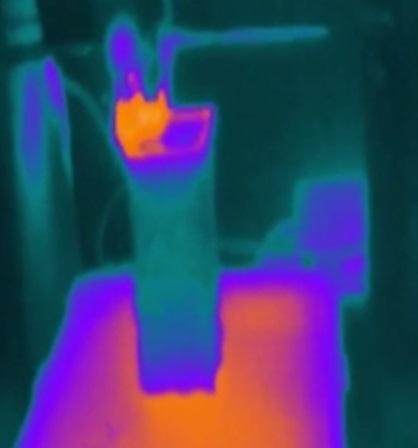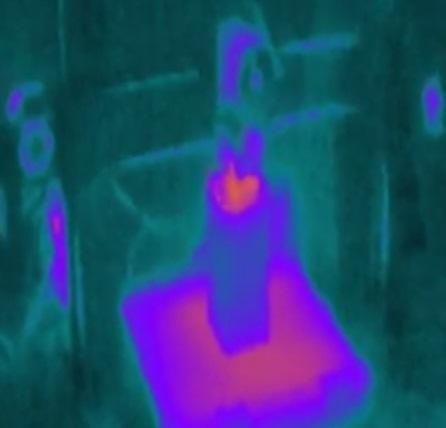 When I am approached by people who are not familiar with 3D printers, the first thing they usually ask is, “How do these printers work?” I usually take a moment to pause and then try and figure out which type of 3D printers they are referring do. Is this person a corporate business executive, someone who would be more interested in the industrial level 3D printers like those manufactured by 3D systems and Stratasys? Or, perhaps they appear to be a tech-geek, potentially interested in 3D printing stuff for themselves at home. This is a determining factor in helping me decide, which 3D printing technology I should explain to them.
When I am approached by people who are not familiar with 3D printers, the first thing they usually ask is, “How do these printers work?” I usually take a moment to pause and then try and figure out which type of 3D printers they are referring do. Is this person a corporate business executive, someone who would be more interested in the industrial level 3D printers like those manufactured by 3D systems and Stratasys? Or, perhaps they appear to be a tech-geek, potentially interested in 3D printing stuff for themselves at home. This is a determining factor in helping me decide, which 3D printing technology I should explain to them.
The thing I love about the technology behind 3D printing is that when it comes down to it, it really is quite easy to understand, grasp and explain. That’s one reason I love talking to people about additive manufacturing. The most common 3D printing technology among hobbyist and the average Joe is Fused Filament Fabrication (FFF), also known as Fused Deposition Modeling – FDM (although this term is trademarked by Stratasys).
FFF/FDM works quite simply by extruding molten plastic out of a small nozzle, in a similar fashion to how a glue gun extrudes hot glue. Whereas a glue gun is controlled by an individuals hand movements, an FFF 3D printer is controlled by sophisticated computer software, thus is much more accurate, and can print with much higher resolutions. Upon the extrusion of either PLA or ABS plastic, the material is placed onto a build platform. In many cases, especially with ABS printing, the build plate is heated to aid in adhesion, improve print quality and prevent warping.
Sometimes it is difficult for newcomers to 3D printing to understand the heat aspects of the technology, but thanks to a man named Frank Kinnaman, this is no longer an issue. Kinnaman decided to take his smartphone, equip it with a Seek Thermal Camera Attachment, and record his 3D printer in action. As seen in the video below, the results are quite interesting, as well as entertaining to watch. Most importantly though, they provide for an easy way for those new to the technology to understand how the heat elements of a 3D printer work.
The video depicts Kinnaman using his FFF-based 3D printer to print out some vases. As you can see, the extruder (upper portion of the video) shows the greatest amount of heat. This is where the molten plastic is melted and extruded from. Also the upper layers of the print, which were just laid down onto the object, remain pretty hot according to the thermal images. Below the vase you will also see that the build plate is giving off a lot of heat. In this case, Kinnaman is using a heated build plate.
 This shows exactly how heat is involved in the entire FFF printing process. Thanks to modern technology Kinnaman was able to capture this very interesting video. The thermal camera attachment he used cost him only $200, and can be found here.
This shows exactly how heat is involved in the entire FFF printing process. Thanks to modern technology Kinnaman was able to capture this very interesting video. The thermal camera attachment he used cost him only $200, and can be found here.
What do you think about this video made by Kinnaman? Discuss in the 3D printing thermal video forum thread on 3DPB.com.
Subscribe to Our Email Newsletter
Stay up-to-date on all the latest news from the 3D printing industry and receive information and offers from third party vendors.
You May Also Like
Boom Supersonic Test Flies Demonstrator Aircraft
Boom Supersonic hopes to revolutionize air travel by reintroducing supersonic passenger flights. The company has amassed over $700 million in funding, with notable contributions from entities like Japan Airlines, and...
Conglomerates Are Auctioning GE Metal 3D Printers and More
As the additive manufacturing (AM) industry continues to slough through its economic downturn, we’ve seen not only smaller firms like Uniformity Labs and Arevo go belly up, but larger entities restructuring in...
Interview: GE Additive Provides Series 3 Metal Binder Jet Update
For another year running, I survived the bustling insanity that is formnext. With a reported 859 exhibitors, 196 speakers, 32,851 visitors (50% international), and 54,000 m² of exhibition space, Europe’s...
Del Toro’s Pinocchio Achieves Stop-Motion First with Metal 3D Printed Metal Puppets
Did you know that the stop-motion puppetry featured in Guillermo del Toro’s 2022 film Pinocchio was accomplished through the use of metal 3D printing? Our story begins in the year...






























